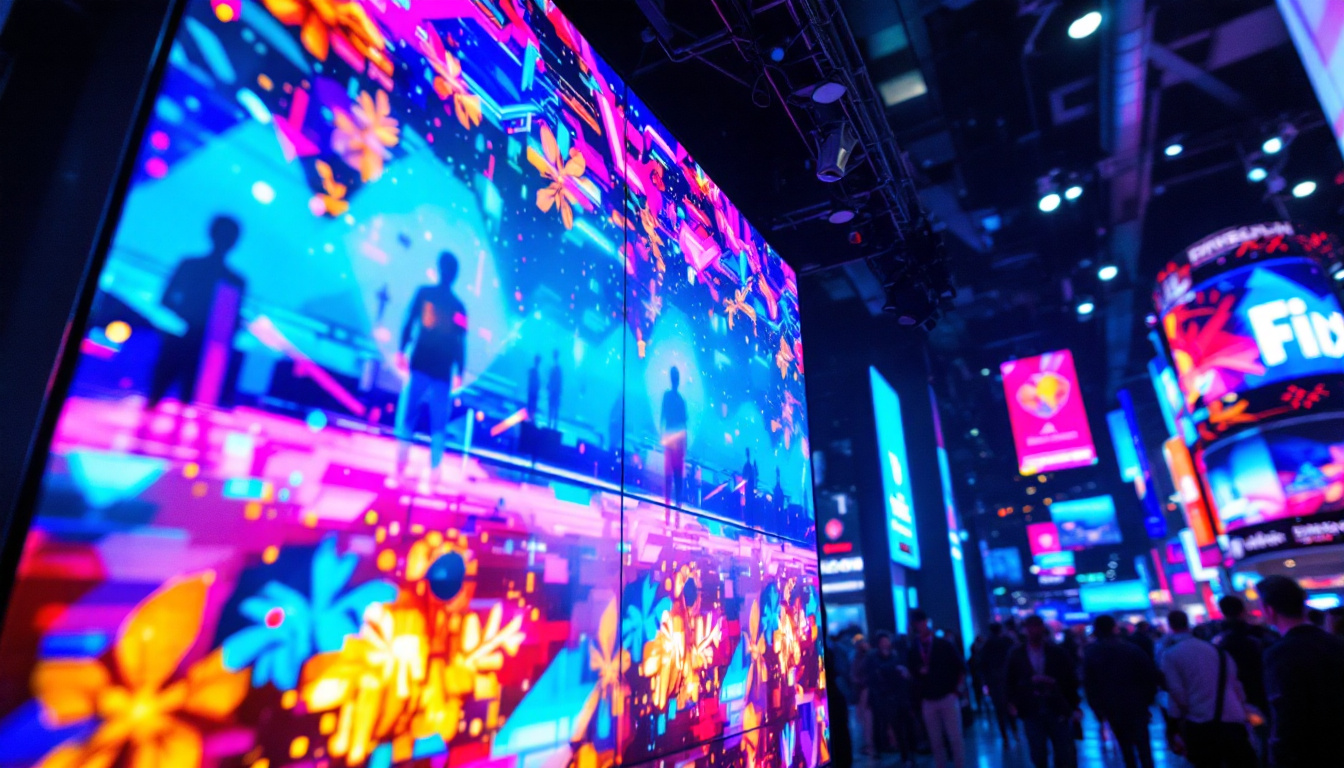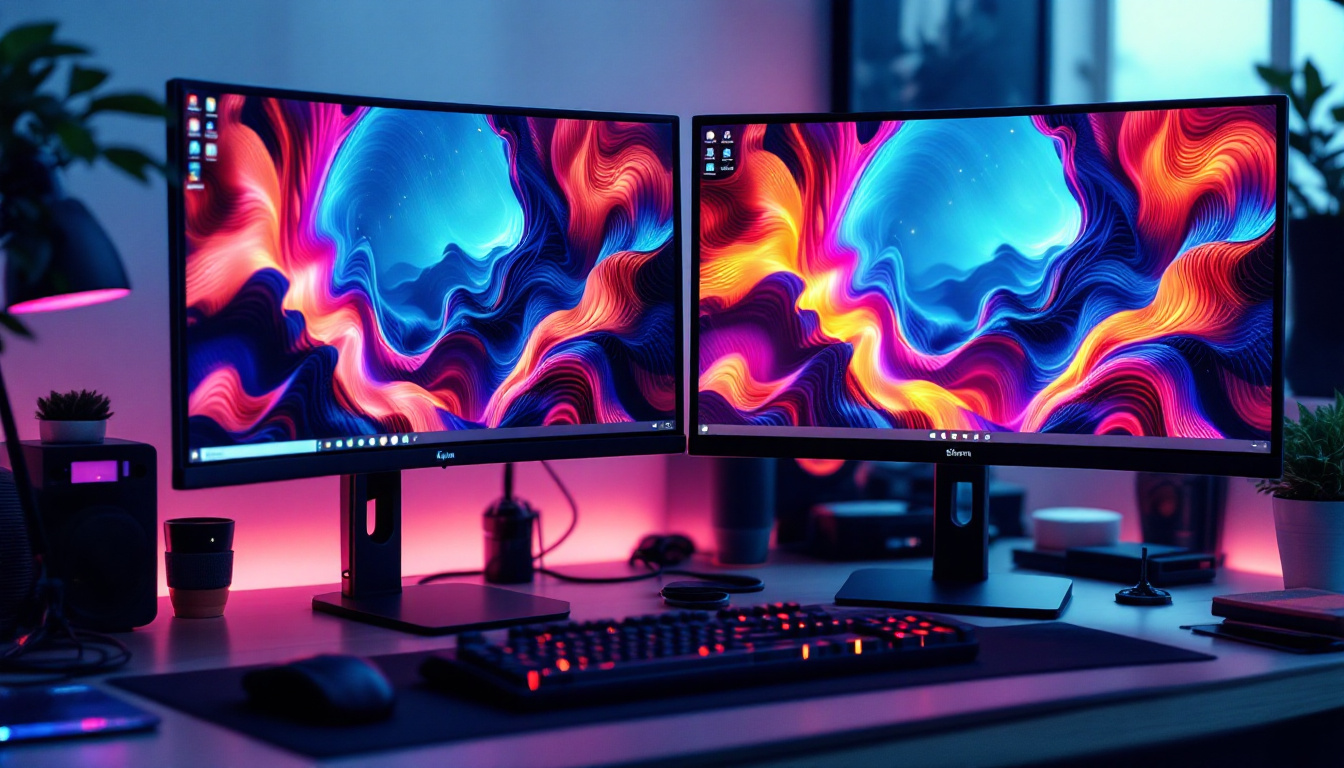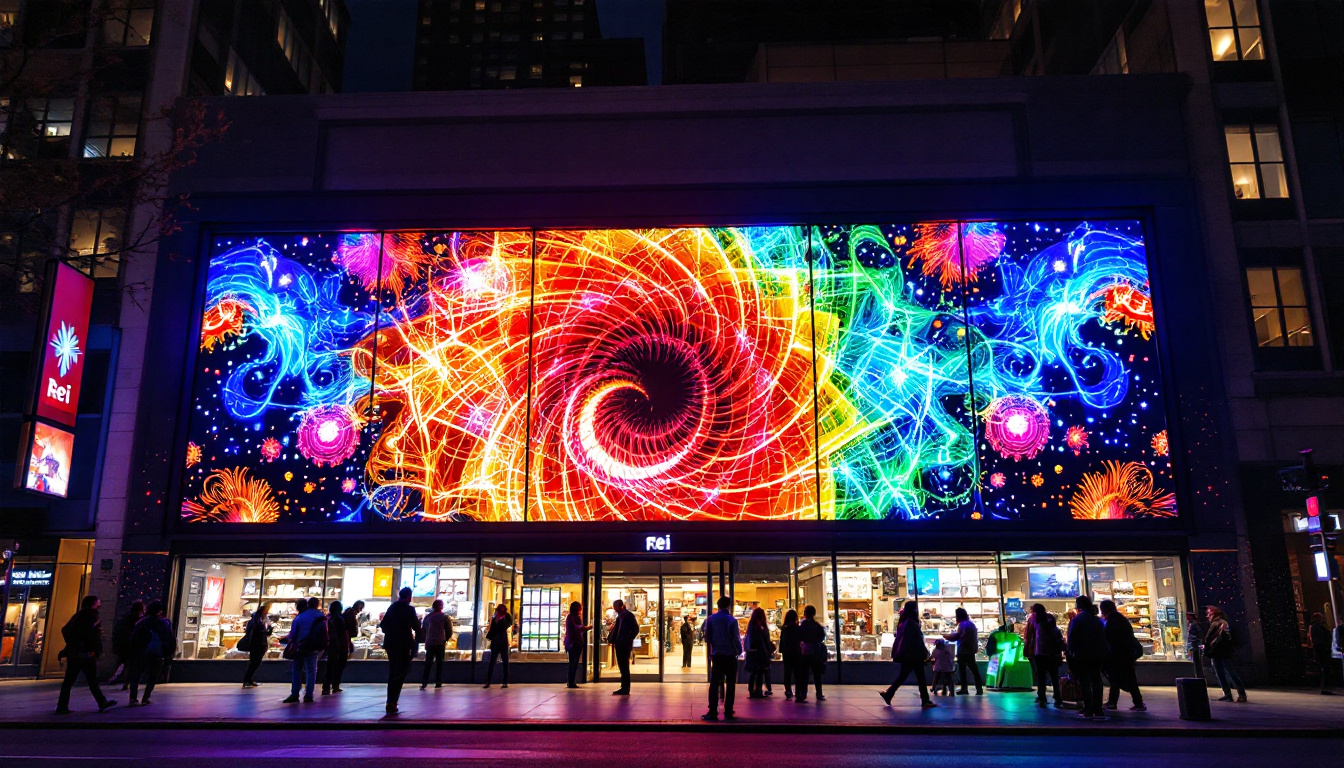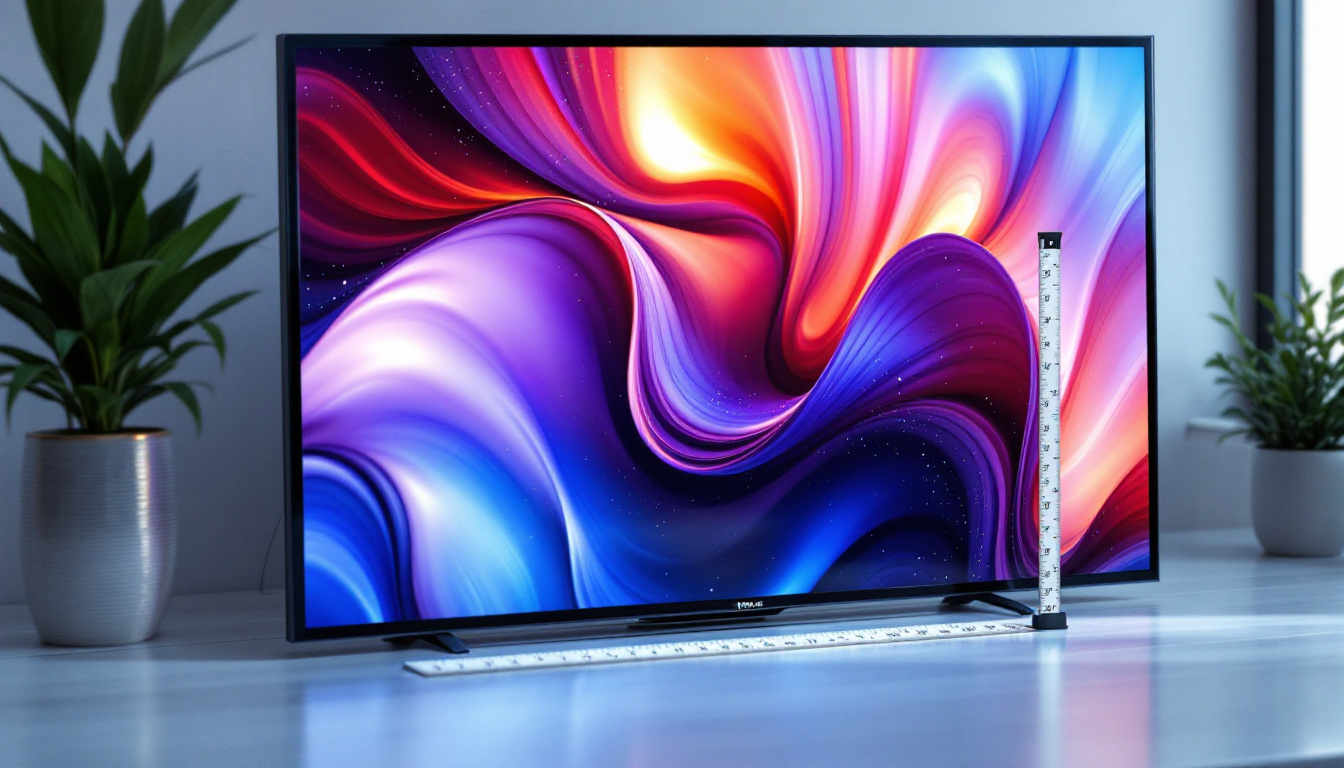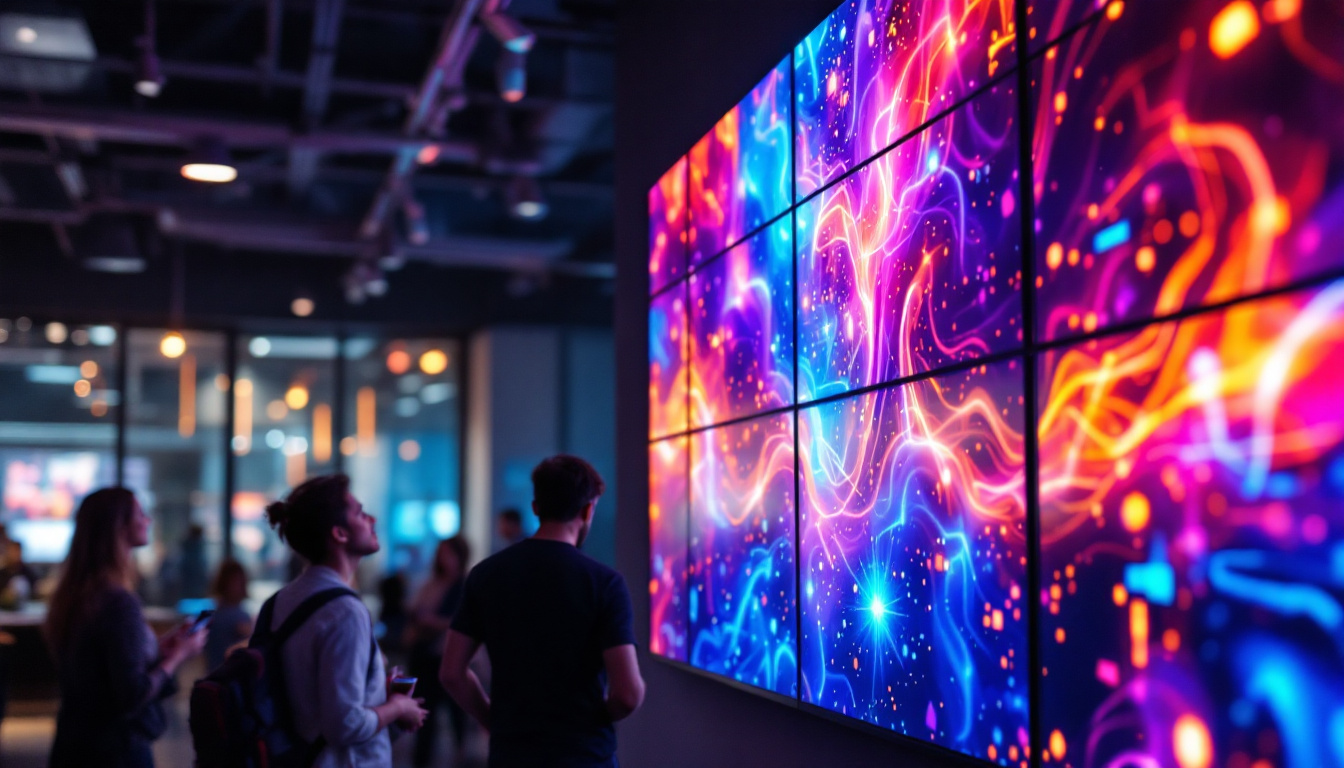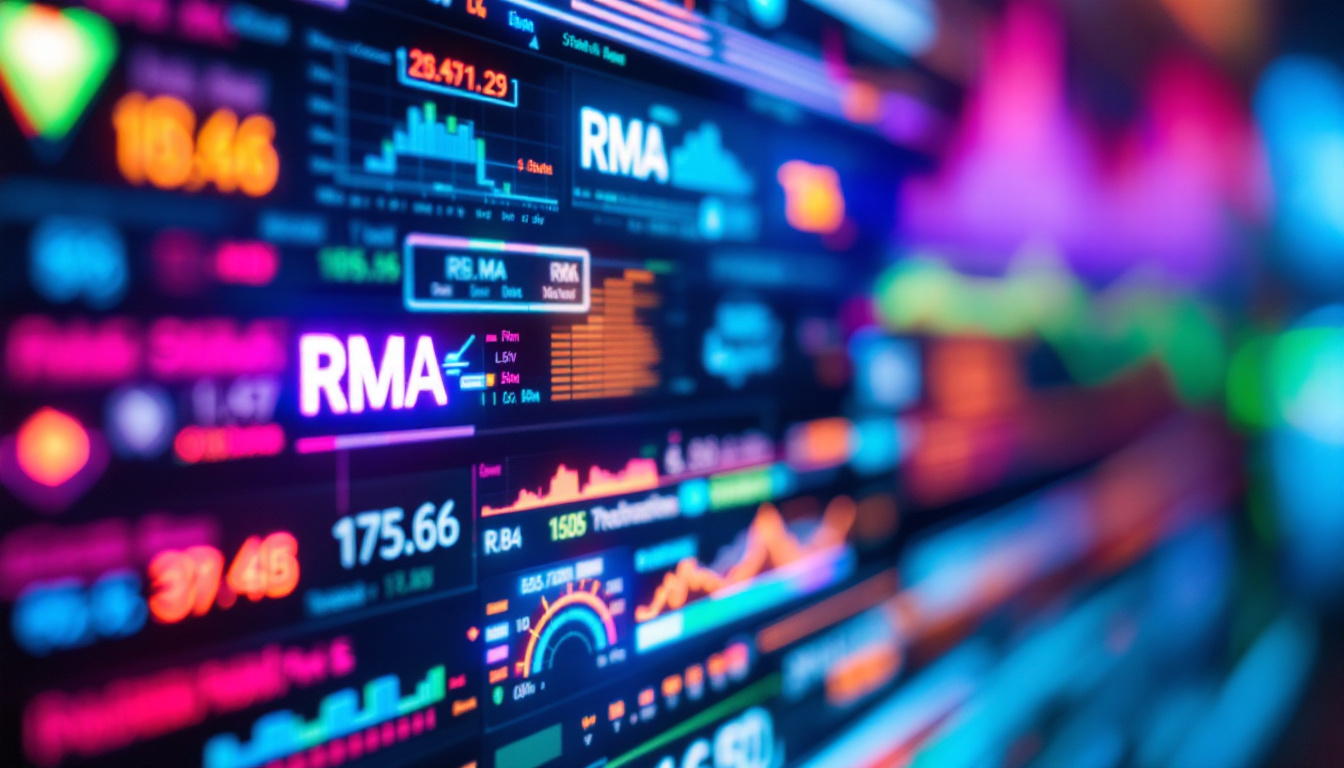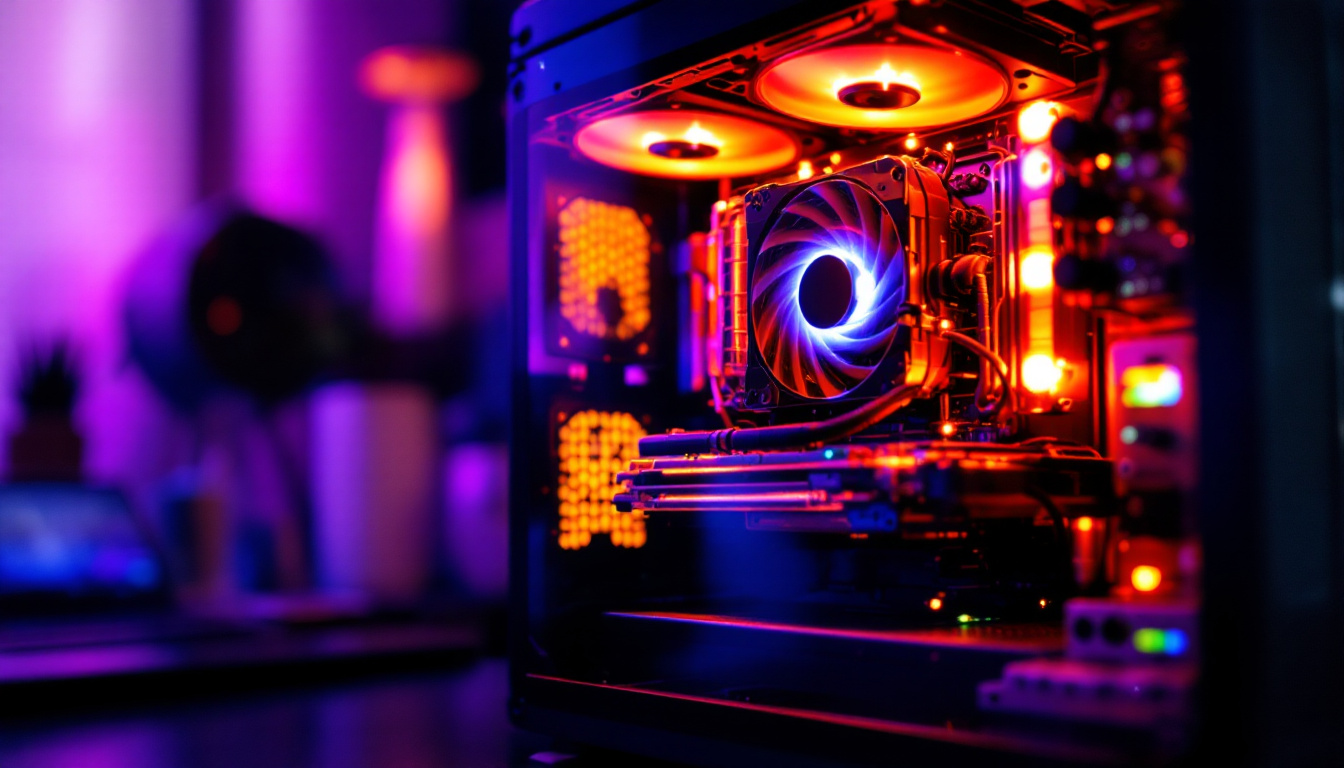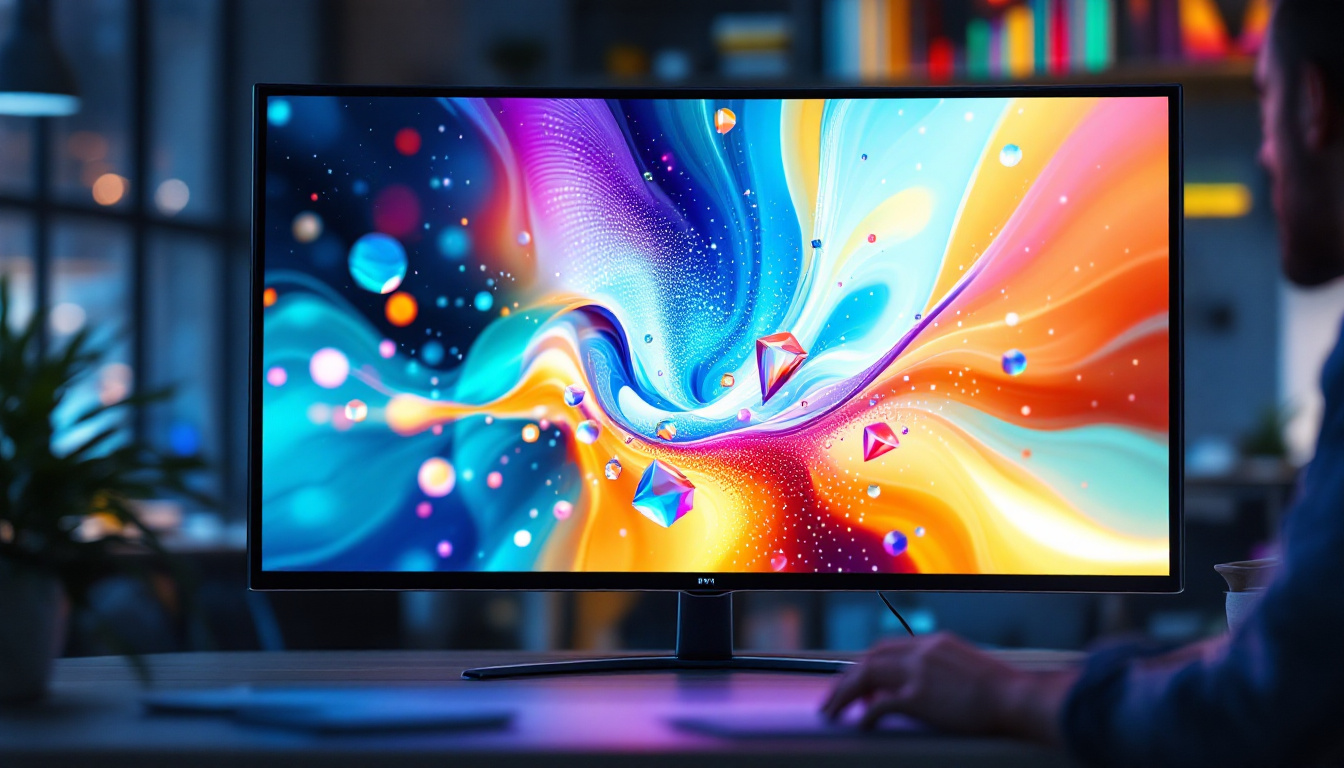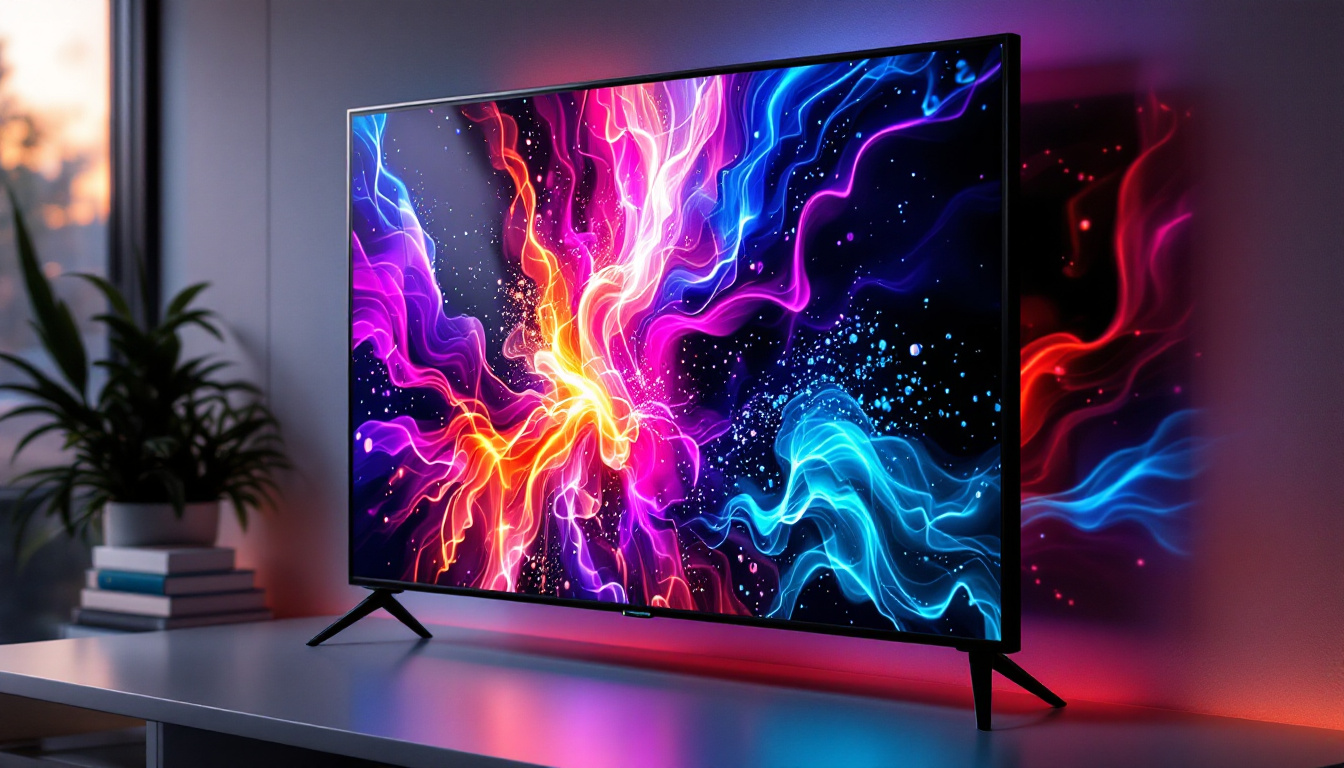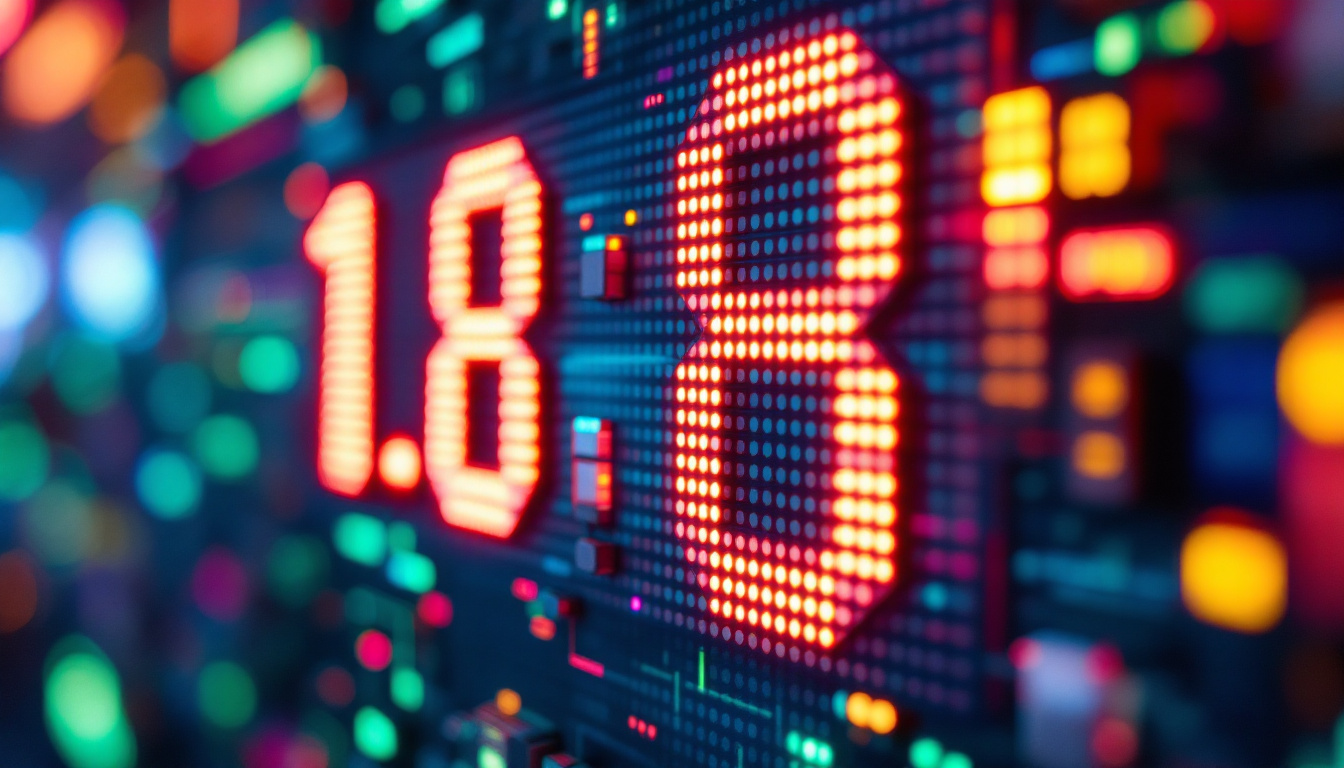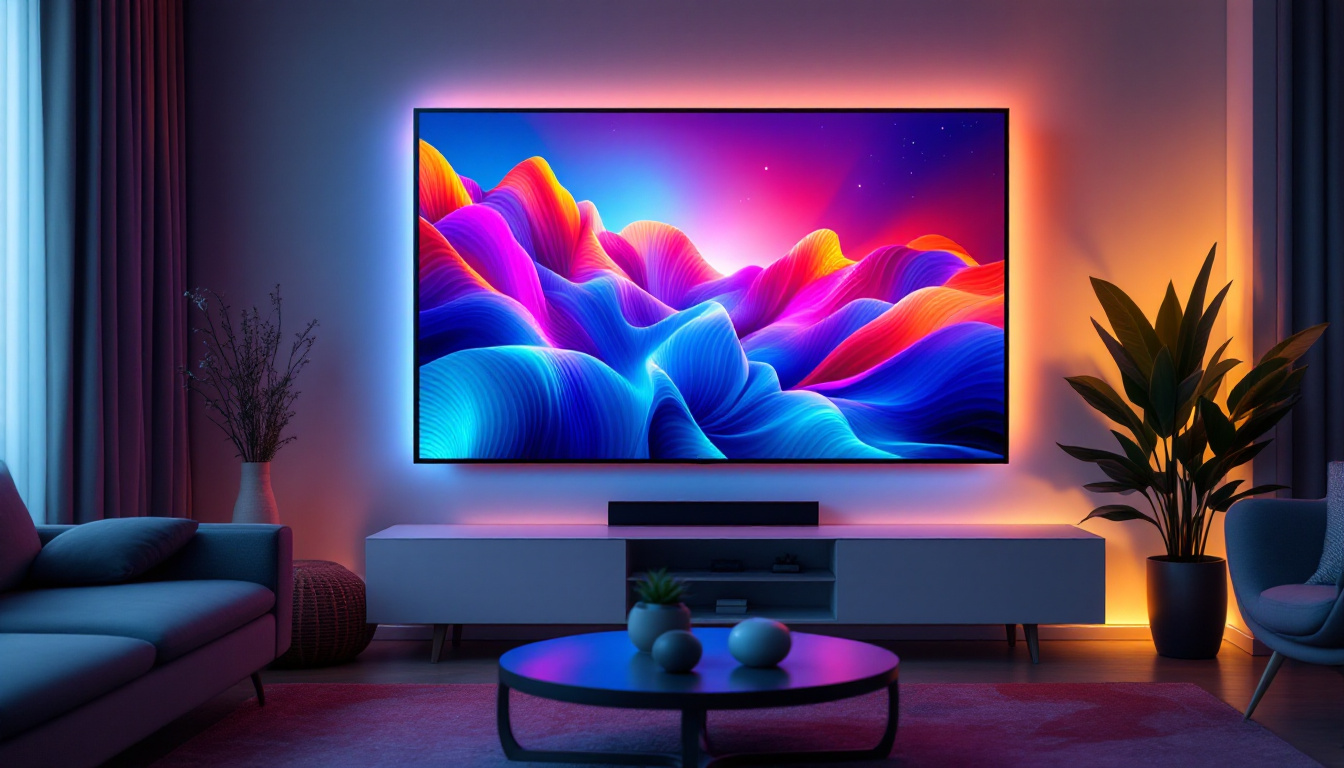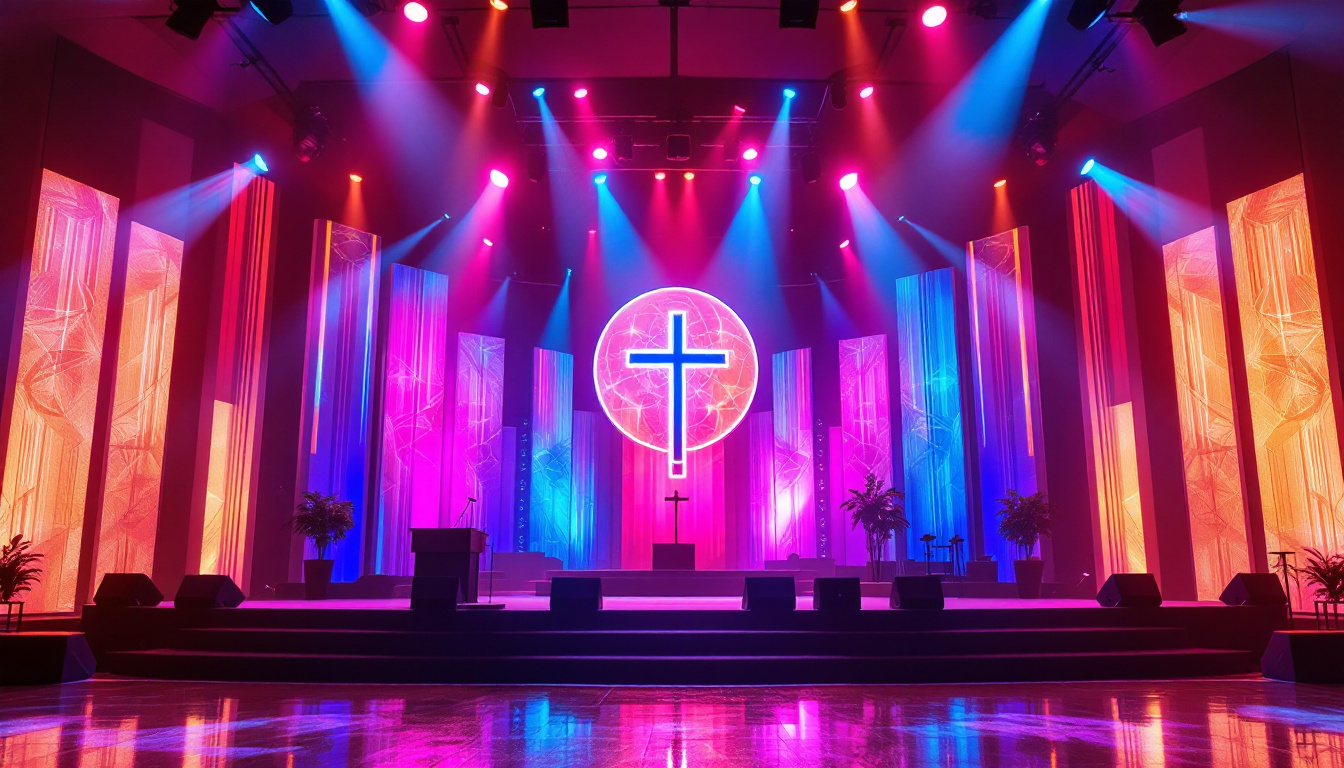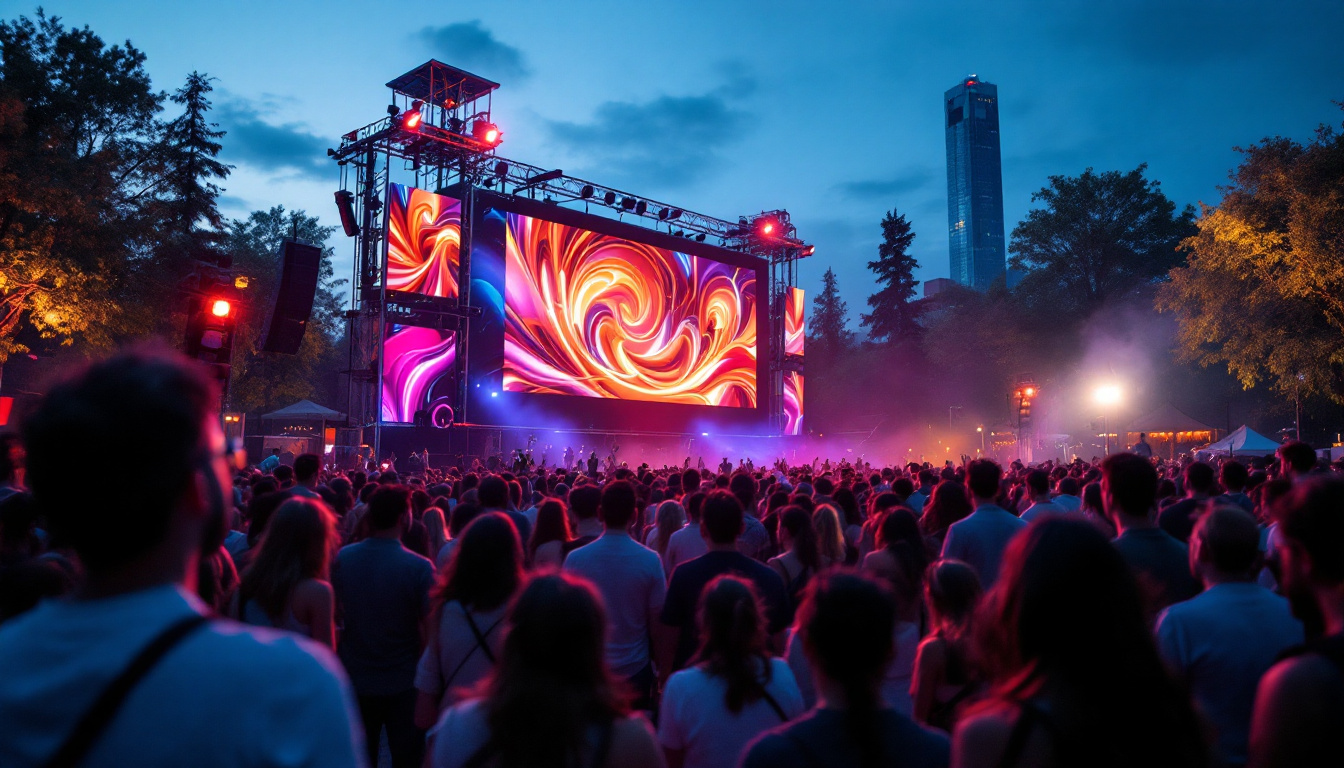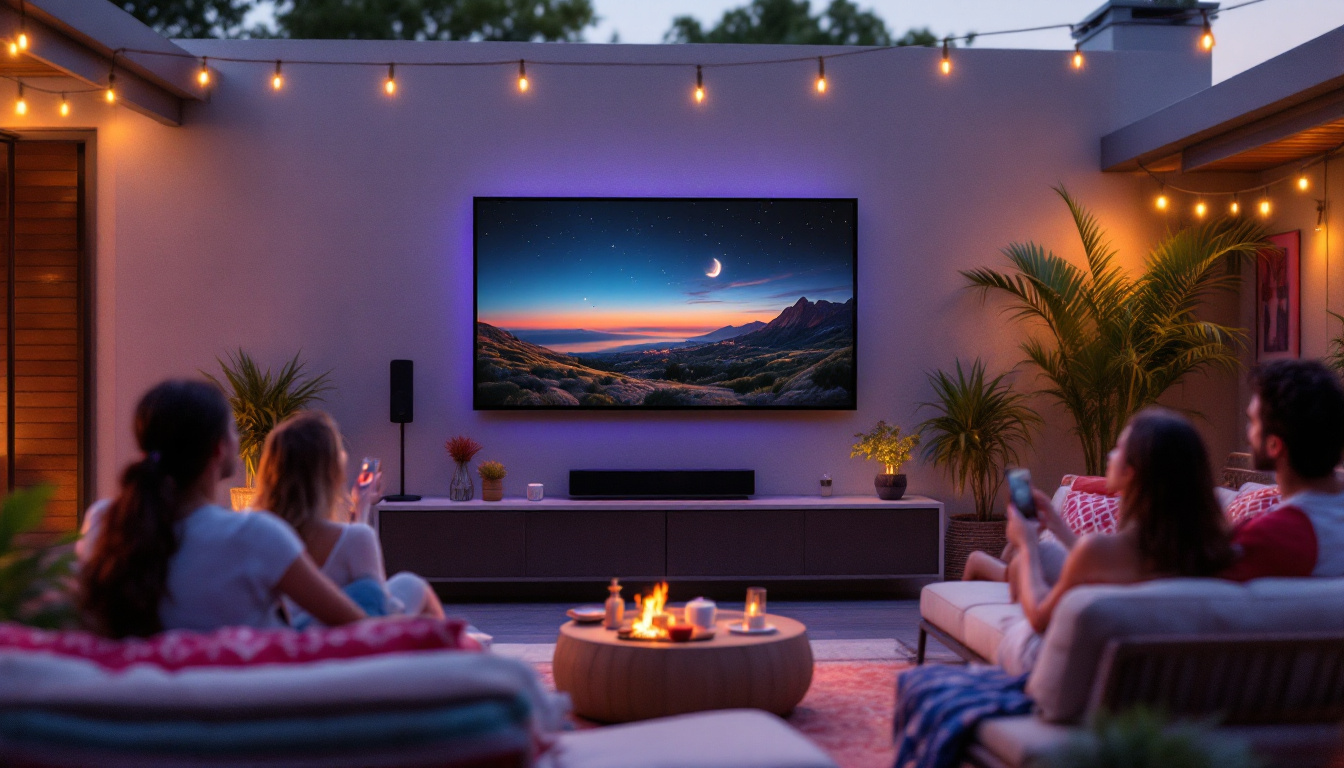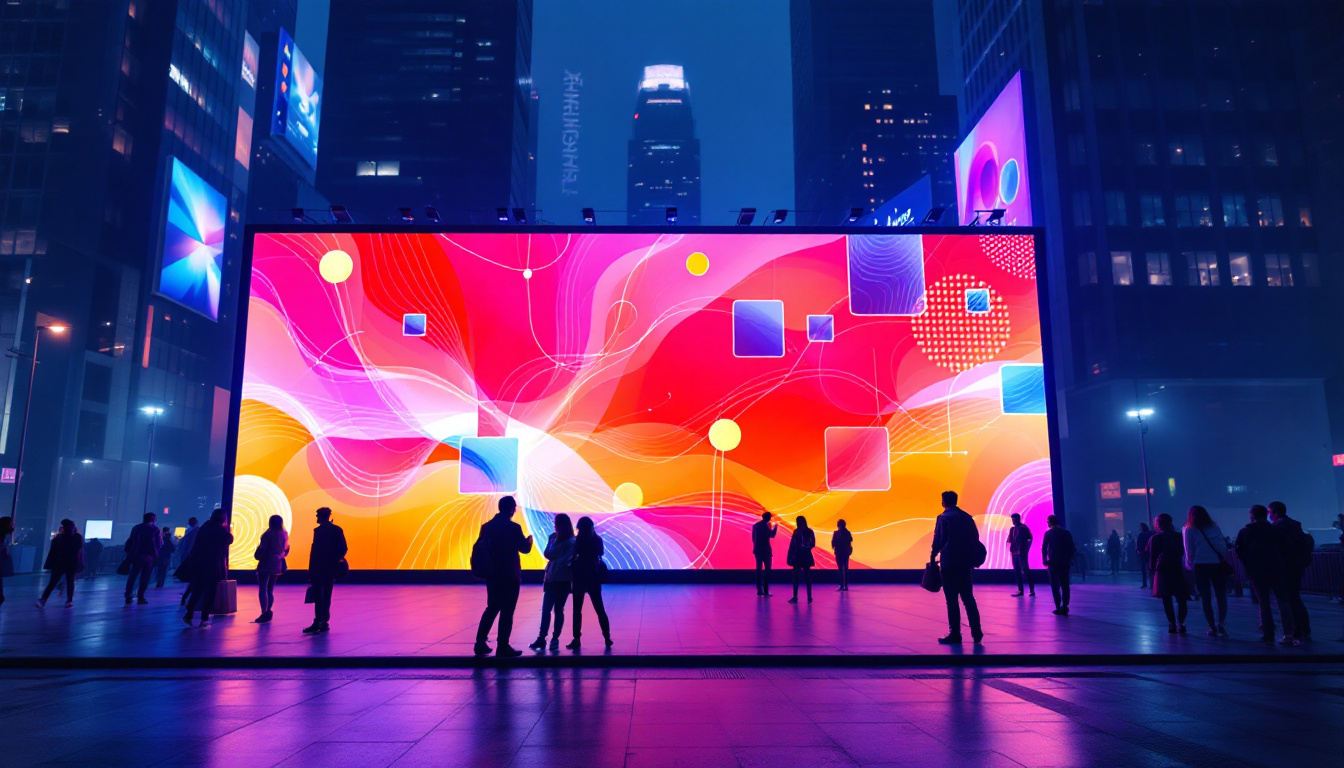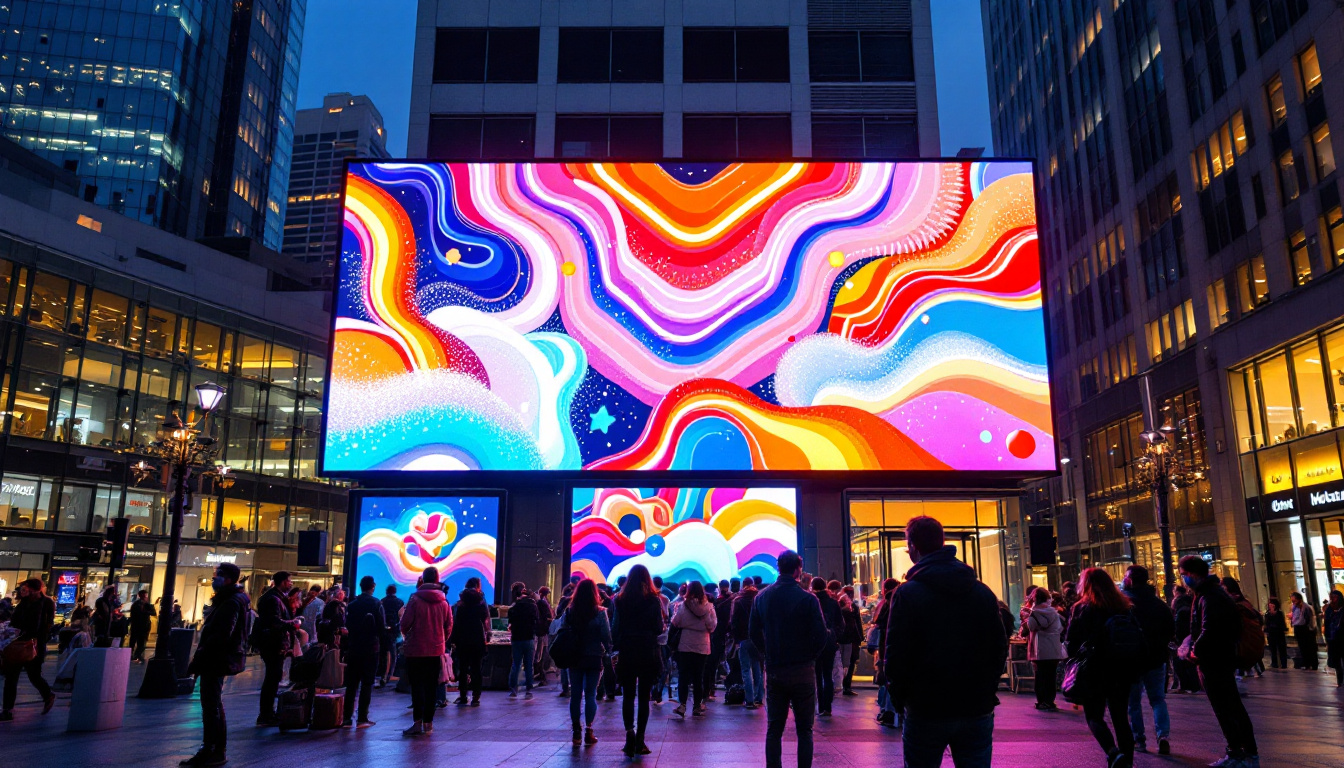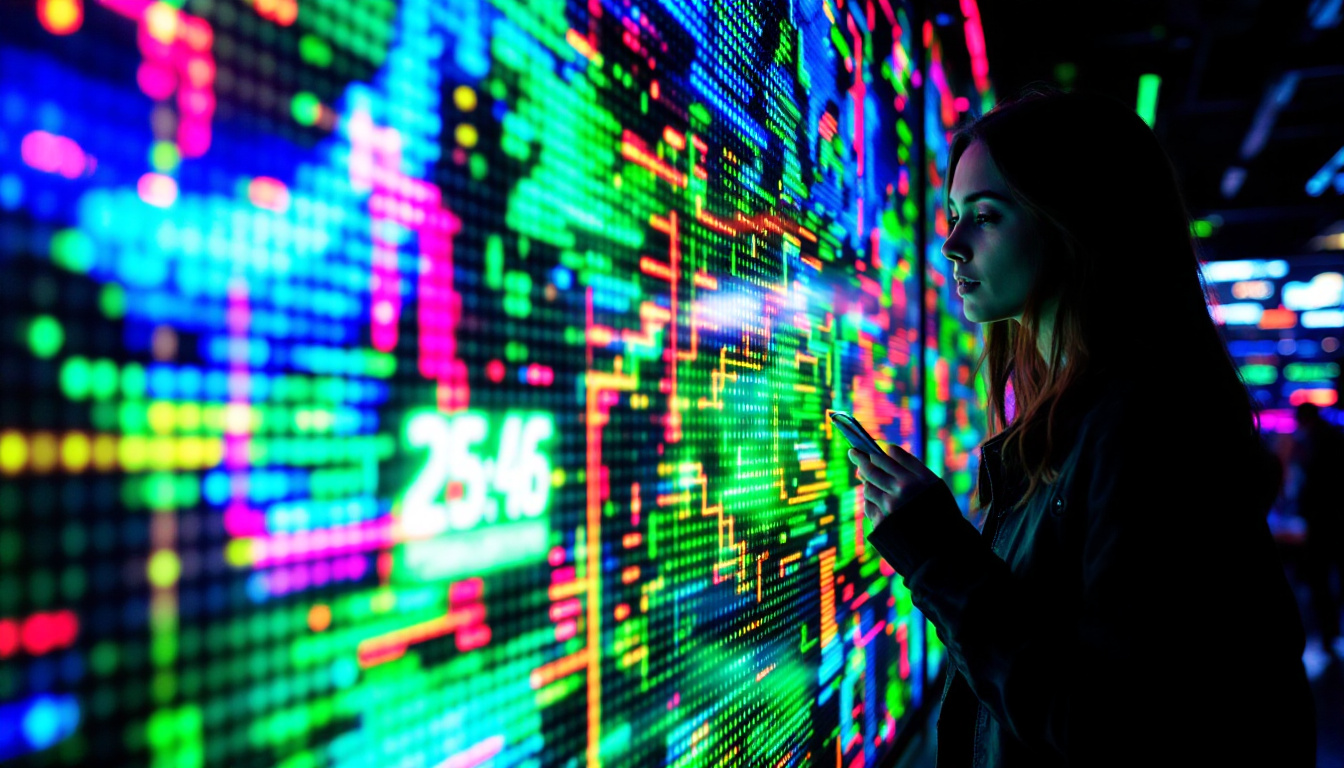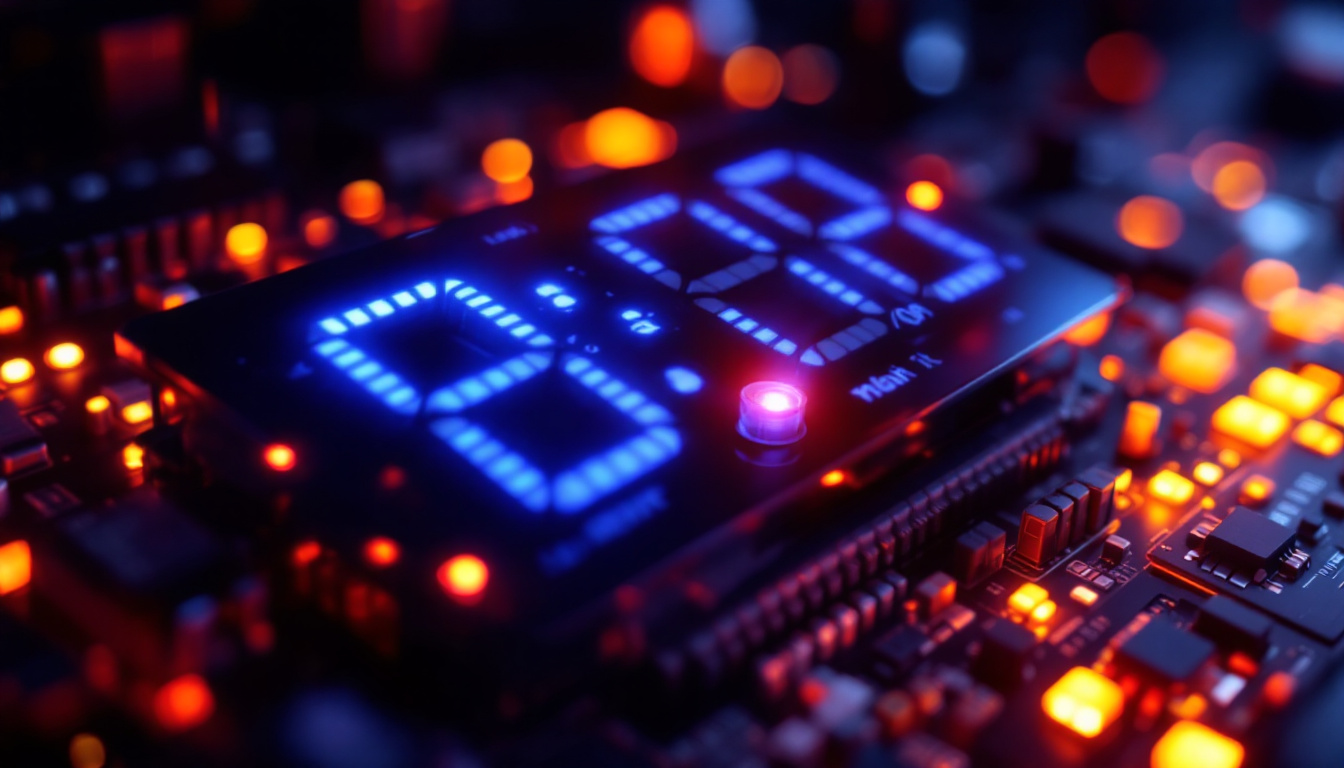In today’s digital age, visual display units (VDUs) have become an integral part of our daily lives. From smartphones to large-scale billboards, the technology behind these displays is constantly evolving. Among the various types of displays available, LED (Light Emitting Diode) displays stand out due to their efficiency, brightness, and versatility. This article delves into the intricacies of LED displays, exploring their functionality, applications, and advantages over traditional display technologies.
Understanding LED Technology
What is an LED?
LED, or Light Emitting Diode, is a semiconductor device that emits light when an electric current passes through it. Unlike traditional incandescent bulbs, which produce light through heat, LEDs generate light more efficiently. This efficiency comes from the movement of electrons within the semiconductor material, which releases energy in the form of photons.
The construction of an LED involves a p-n junction, where two types of semiconductor materials are combined. When voltage is applied, electrons move across the junction, creating light. This process not only consumes less power but also results in a longer lifespan compared to traditional lighting options.
How LED Displays Work
LED displays are composed of numerous tiny LEDs arranged in a grid or matrix. Each LED can emit different colors, and by controlling the intensity of each LED, a wide range of colors can be produced. The most common configuration is RGB (Red, Green, Blue), where combinations of these three colors create the full spectrum of visible light.
The control of these LEDs is managed by a driver circuit, which receives signals from a video source. This source could be anything from a computer to a video camera, allowing the display to show dynamic content. The rapid switching of the LEDs creates the illusion of motion and vibrant images, making LED displays ideal for various applications.
Types of LED Displays
Direct View LED Displays
Direct view LED displays are designed for close viewing and are commonly used in televisions and computer monitors. These displays utilize a grid of tiny LEDs that are directly visible to the viewer. The primary advantage of direct view LED technology is its ability to produce high-quality images with excellent color accuracy and contrast.
These displays are often used in consumer electronics, such as televisions and smartphones, where image quality is paramount. The compact size and lightweight nature of direct view LEDs make them suitable for portable devices, enhancing user experience through vibrant visuals.
LED Backlit Displays
LED backlit displays utilize LEDs as a backlight for traditional LCD screens. In this configuration, the LCD panel does not emit light on its own; instead, it relies on the LEDs behind it to illuminate the image. This method improves energy efficiency and allows for thinner designs compared to older technologies.
LED backlighting enhances the brightness and color range of the display, making it a popular choice for televisions and computer monitors. This technology also allows for local dimming, where specific areas of the screen can be dimmed or brightened independently, resulting in improved contrast ratios.
Organic LED (OLED) Displays
Organic LED (OLED) displays represent a significant advancement in display technology. Unlike traditional LEDs, OLEDs use organic compounds that emit light when an electric current is applied. This technology allows for individual pixels to emit their own light, eliminating the need for a backlight.
The result is a display that can achieve true blacks, as pixels can be turned off completely. OLED displays are known for their exceptional color accuracy, wide viewing angles, and thin profiles. However, they are generally more expensive to produce, which can impact their availability in certain markets.
Applications of LED Displays
Advertising and Signage
LED displays have revolutionized the advertising industry. Their ability to display dynamic content, such as videos and animations, makes them highly effective for capturing attention. Digital billboards and signage can be found in urban areas, shopping malls, and stadiums, providing advertisers with a platform to engage consumers in real-time.
Furthermore, the brightness and visibility of LED displays ensure that advertisements are effective even in direct sunlight. This capability has led to a significant shift from traditional printed signage to digital displays, allowing for more flexible and timely marketing strategies.
Entertainment and Events
In the realm of entertainment, LED displays are ubiquitous. Concerts, festivals, and sporting events often utilize large LED screens to enhance the audience experience. These screens can display live feeds, graphics, and special effects, creating an immersive environment for attendees.
Moreover, the portability of LED panels allows for easy setup and takedown, making them ideal for temporary installations. The versatility of LED technology has made it a staple in the event production industry, providing high-quality visuals that captivate audiences.
Healthcare and Education
LED displays are also making significant inroads into healthcare and education. In medical settings, LED screens are used for patient monitoring, imaging, and information dissemination. Their clarity and reliability are crucial for ensuring accurate diagnoses and treatment plans.
In educational environments, LED displays facilitate interactive learning experiences. Smart boards and digital signage in classrooms enhance engagement, allowing educators to present information in dynamic and visually appealing ways. This technology supports various learning styles, making education more accessible and effective.
Advantages of LED Displays
Energy Efficiency
One of the most significant advantages of LED displays is their energy efficiency. Compared to traditional display technologies, such as CRT or LCD, LED displays consume significantly less power. This efficiency not only reduces operational costs but also contributes to environmental sustainability.
As energy consumption becomes a critical consideration for businesses and consumers alike, the adoption of LED technology is likely to continue growing. The long lifespan of LED displays further enhances their appeal, as they require less frequent replacements, contributing to lower waste and resource consumption.
Brightness and Visibility
LED displays are known for their exceptional brightness levels, making them suitable for various environments. Whether indoors or outdoors, LED technology ensures that images remain clear and vibrant, even in challenging lighting conditions. This capability is particularly important for advertising and public information displays, where visibility is key to effectiveness.
The ability to adjust brightness levels also allows for optimal performance in different settings. For instance, outdoor displays can be brightened for sunlight, while indoor displays can be dimmed for a more comfortable viewing experience.
Durability and Longevity
LED displays are inherently more durable than their traditional counterparts. The solid-state nature of LEDs makes them resistant to shocks and vibrations, reducing the likelihood of damage. This durability is especially valuable in high-traffic areas and outdoor installations, where displays are exposed to the elements.
Additionally, LED displays have a longer lifespan, often exceeding 50,000 hours of use. This longevity translates to lower maintenance costs and fewer disruptions, making them a cost-effective choice for businesses and organizations.
Challenges and Considerations
Initial Costs
While the long-term benefits of LED displays are clear, the initial investment can be a barrier for some businesses. High-quality LED technology can come with a premium price tag, making it essential for organizations to weigh the upfront costs against potential savings in energy and maintenance.
However, as technology advances and production processes improve, the costs associated with LED displays are gradually decreasing. This trend is likely to continue, making LED technology more accessible to a wider range of users.
Color Accuracy and Calibration
Another challenge with LED displays is ensuring color accuracy. Variations in manufacturing can lead to differences in color representation, which can be problematic for applications requiring precise color matching, such as graphic design or photography.
To address this issue, proper calibration and color management practices are essential. Regular maintenance and adjustments can help ensure that LED displays deliver consistent and accurate colors, enhancing their effectiveness across various applications.
Environmental Impact
While LED displays are generally more environmentally friendly than traditional technologies, they are not without their environmental concerns. The production and disposal of electronic components can contribute to electronic waste, which poses challenges for sustainability.
Efforts are being made to improve the recyclability of LED displays and reduce the environmental impact of their production. Consumers are encouraged to choose manufacturers that prioritize sustainable practices and to recycle old electronic devices responsibly.
The Future of LED Displays
Technological Advancements
The future of LED displays is promising, with ongoing advancements in technology. Innovations such as microLED and miniLED are pushing the boundaries of display quality, offering even greater color accuracy, brightness, and energy efficiency. These developments are likely to enhance the versatility of LED displays, making them suitable for an even broader range of applications.
Additionally, the integration of smart technology into LED displays is becoming increasingly common. Features such as touch sensitivity, connectivity, and interactive capabilities are transforming the way users engage with visual content, paving the way for more immersive experiences.
Growing Market Demand
As digital transformation continues to reshape industries, the demand for LED displays is expected to grow. Businesses and organizations are increasingly recognizing the value of dynamic visual communication, driving the adoption of LED technology across various sectors.
This trend is particularly evident in advertising, entertainment, and education, where the need for engaging content is paramount. As more entities invest in LED displays, the market is likely to expand, leading to further innovations and improvements in technology.
Sustainability Initiatives
With a growing emphasis on sustainability, the LED display industry is also focusing on reducing its environmental footprint. Manufacturers are exploring eco-friendly materials and production methods, as well as developing recycling programs for old displays.
As consumers become more environmentally conscious, the demand for sustainable products is expected to rise. This shift will likely encourage the industry to prioritize eco-friendly practices, contributing to a more sustainable future for visual display technology.
Conclusion
LED displays represent a significant advancement in visual display technology, offering numerous advantages over traditional display methods. Their energy efficiency, brightness, durability, and versatility make them an ideal choice for a wide range of applications, from advertising to healthcare.
While challenges such as initial costs and color accuracy exist, ongoing technological advancements and a growing market demand are likely to drive the continued evolution of LED displays. As sustainability becomes increasingly important, the industry is poised to adapt and innovate, ensuring that LED technology remains at the forefront of visual communication.
In summary, LED displays are not just a trend; they are a cornerstone of modern visual technology, shaping the way information is presented and consumed in our digital world.
Discover LumenMatrix LED Display Solutions
As you consider the future of visual display technology and its impact on your business or organization, LumenMatrix stands ready to illuminate your path. Our commitment to innovation in LED display modules is unmatched, offering a diverse range of solutions from Indoor and Outdoor LED Wall Displays to specialized options like Vehicle, Sports, and Floor LED Displays. Whether you’re looking to captivate an audience, enhance brand visibility, or create a dynamic and interactive environment, LumenMatrix has the expertise to bring your vision to life. Check out LumenMatrix LED Display Solutions today and experience the power of advanced visual communication.

